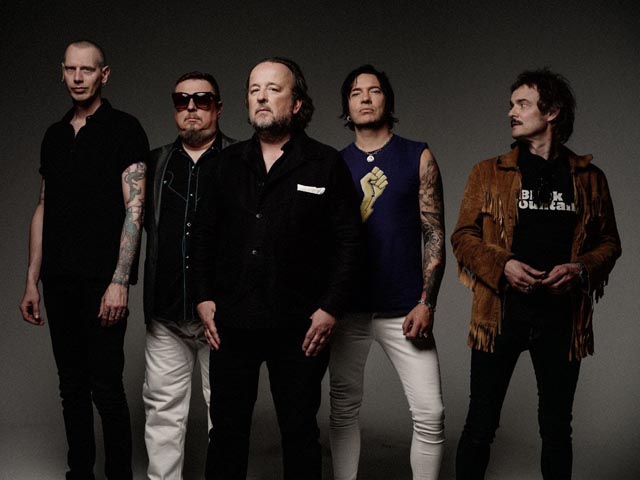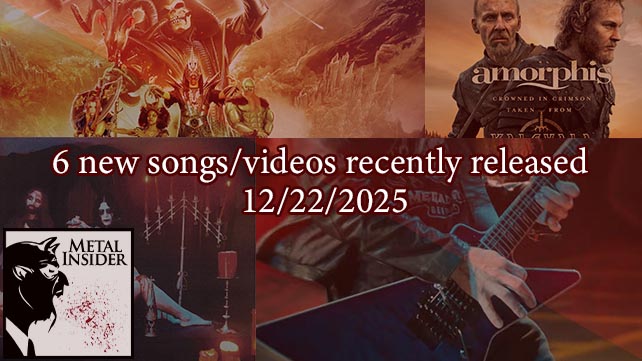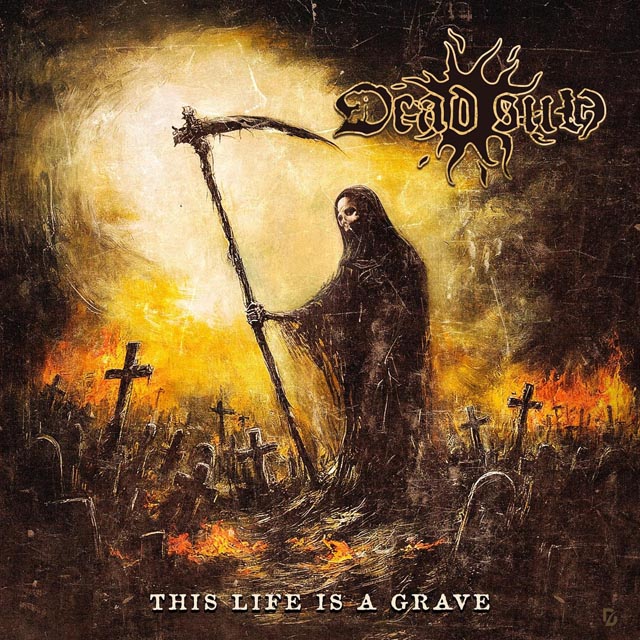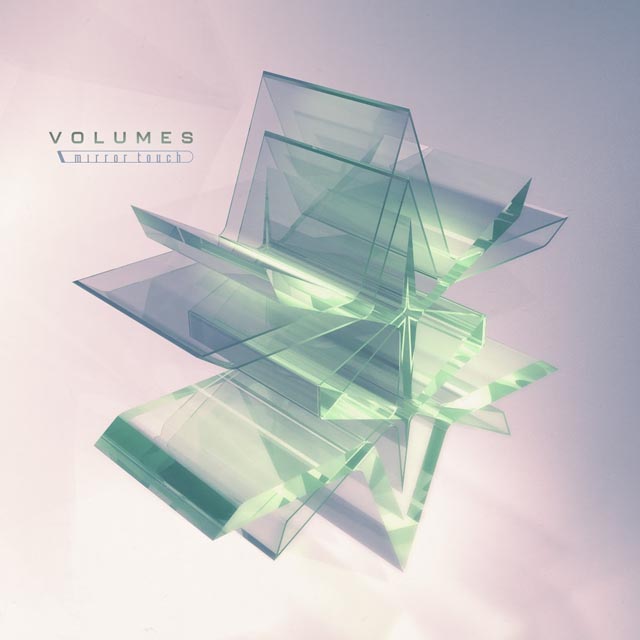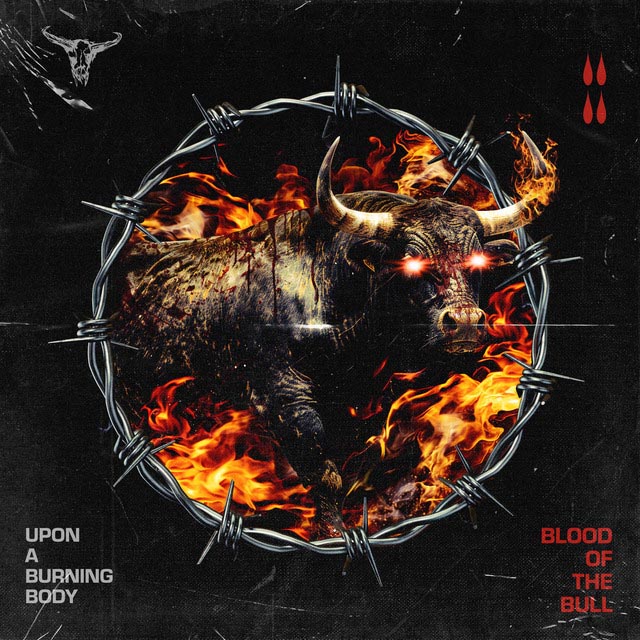 While the average consumer and music fan has been enjoying Spotify since its U.S. debut, many indie labels, including Century Media, Metal Blade, and Prosthetic, have been up and arms over the streaming service. The three metal labels have pulled or are in the midst of pulling their entire catalogs off of Spotify, while many artists have noted how little they earn from the service.
While the average consumer and music fan has been enjoying Spotify since its U.S. debut, many indie labels, including Century Media, Metal Blade, and Prosthetic, have been up and arms over the streaming service. The three metal labels have pulled or are in the midst of pulling their entire catalogs off of Spotify, while many artists have noted how little they earn from the service.
With so much being discussed about their payout structure, Spotify released the following statement to defend themselves:
“Spotify does not sell streams, but access to music. Users pay for this access either via a subscription fee or with their ear time via the ad-supported service [just like commercial radio] – they do not pay per stream. In other words, Spotify is not a unit based business and it does not make sense to look at revenues from Spotify from a per stream or other music unit-based point of view. Instead, one must look at the overall revenues that Spotify is generating, and how these revenues grow over time.
Spotify is generating serious revenues for rights holders, labels, publishers and the artists that they represent. We have paid over $100m to rights holders since our launch, and the overwhelming majority of our label partners are thrilled with the revenues we’re returning to them. Spotify is now the second single largest source of digital music revenue for labels in Europe, according to IFPI.
It is also important to note that Spotify was created as a better, more convenient alternative to piracy. Estimates suggest that around 95% of all music downloads are illegal. Spotify is now monetising an audience the large majority of whom were downloading illegally (and therefore not making a penny for the industry) before Spotify was available.”
Spotify makes strong arguments in that they do serve as an alternative to piracy and how it serves as a great way for fans to discover music. However, they still don’t address how much revenue they actually make from advertising space, an issue that many indie labels have brought up. That then leads to the debate on whether labels should receive a bigger chunk of that ad revenue (depending on how much it truly is).
Whatever side of this debate you are on, it’s an issue that Spotify needs to fix sooner than later. We’ve said it before, but our only beef with Spotify as a service is the music it doesn’t have. And while they may have shelled out a lot to the major labels and publishers, it sounds like the indie labels have been given the short end of the deal. Obviously both sides may have to compromise a little (Spotify gives a little more money while labels except less than they originally wanted), but if Spotify wants to continue to grow and remain dominant in the U.S., they need to start the discussions with labels now before more pull out.
[via Digital Media News]






